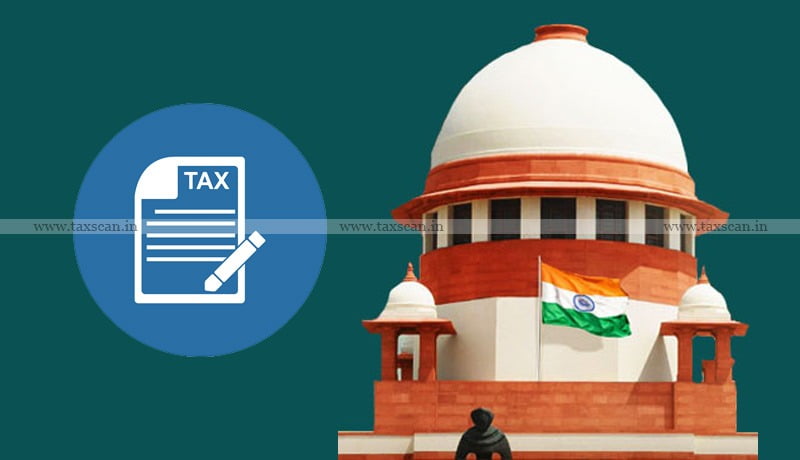years.
This digital adoption is being led by advanced tools like robotic process automation (RPA), blockchain, generative AI, and machine learning. Combined with the government’s push to digitize income tax services, India’s tax ecosystem is on the brink of becoming one of the most efficient and transparent in the world.
Why Tax Digitalisation is the Need of the Hour
With an increasingly complex regulatory environment, businesses are facing growing pressure to ensure timely, accurate, and compliant tax filings. Manual processes are prone to errors, delays, and risks of non-compliance, which can lead to hefty penalties and reputational damage. Digital solutions help in:
Enhancing accuracy and data integrity
Improving reporting speed and agility
Automating repetitive and low-value tasks
Providing real-time tax analytics and insights
Key Technologies Powering the Digital Tax Shift
1. Robotic Process Automation (RPA)
RPA is revolutionizing tax operations by automating rule-based tasks such as data entry, tax return preparation, reconciliations, and compliance checks. It drastically reduces the turnaround time and human error in routine tax functions.
2. Blockchain
Blockchain ensures data immutability and traceability, especially useful in GST reconciliation, supply chain taxation, and cross-border compliance. It is gradually becoming a trusted tool for audit trails and fraud detection.
3. Generative AI and Machine Learning
AI and ML are being used for predictive tax planning, anomaly detection, scenario simulations, and even drafting initial responses to regulatory queries. Generative AI, in particular, helps in creating dynamic reports and compliance narratives based on real-time data.
Government’s Role in Enabling Tax Digitalisation
The Income Tax Department of India has taken proactive steps to digitize tax filing and compliance through platforms like:
Income Tax Portal 2.0
Faceless Assessments and Appeals
Annual Information Statements (AIS)
PAN-Aadhaar Integration and E-verification
These initiatives aim to reduce physical interface, curb corruption, and make the system more transparent, accessible, and taxpayer-friendly.
Benefits for Businesses and Tax Professionals
Centralized Data Management: Digital systems unify tax data across departments, reducing silos and improving coordination.
Real-Time Compliance: Immediate alerts for discrepancies or regulatory changes allow for faster action.
Improved Audit Readiness: With e-records and cloud-based documentation, audits become more efficient and less stressful.
Strategic Tax Planning: Advanced analytics tools help CFOs and tax leaders make proactive and informed decisions.
Challenges Ahead
While the momentum is strong, India Inc still faces hurdles such as:
Legacy system integration
Skill gaps in adopting emerging technologies
Cybersecurity and data privacy concerns
Upfront investment costs
However, these challenges are being gradually addressed through training programs, government incentives, and industry collaborations.
Conclusion
India’s journey toward tax digitalisation marks a defining moment for both corporations and the regulatory ecosystem. As businesses embrace automation, AI, and blockchain, the tax function is evolving from a compliance chore to a strategic business enabler. With government support and a forward-looking corporate mindset, India is set to lead the global conversation on digital tax transformation.









